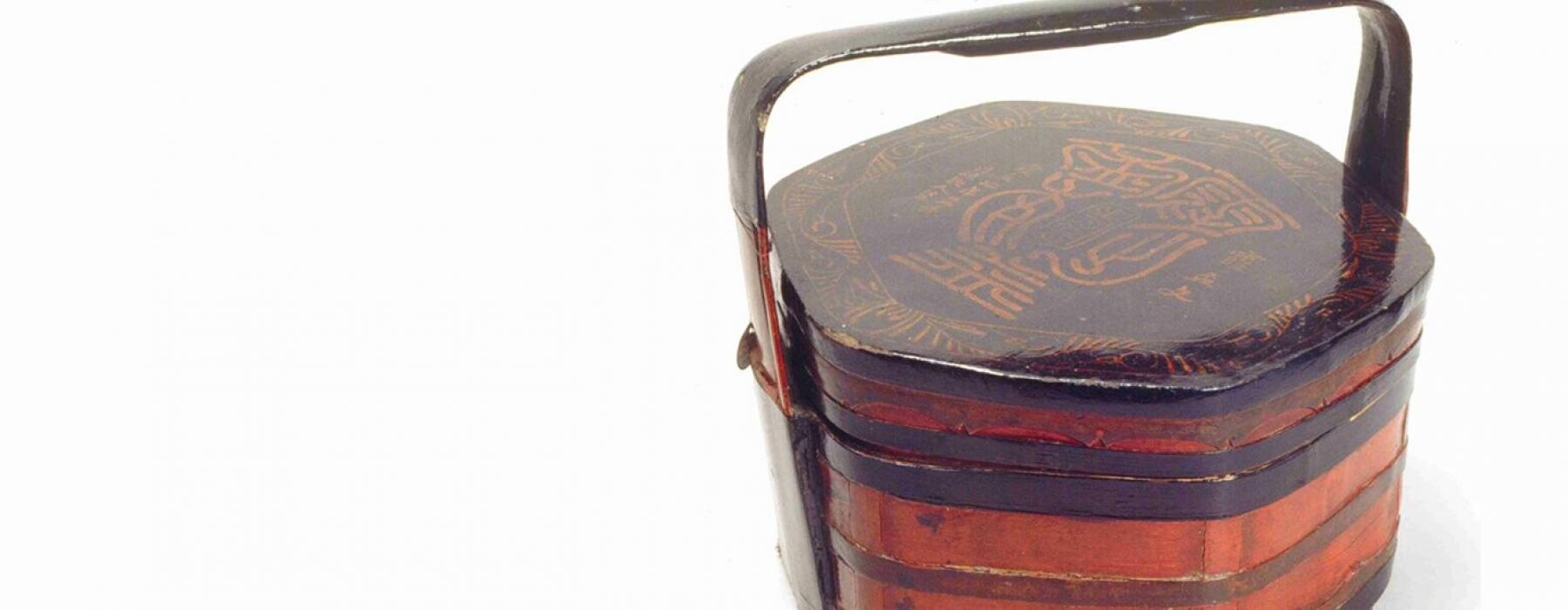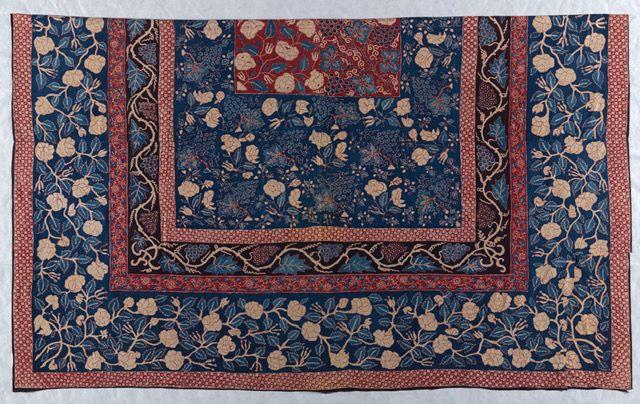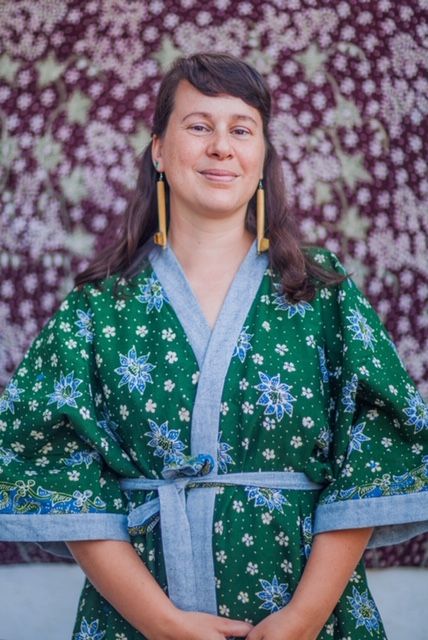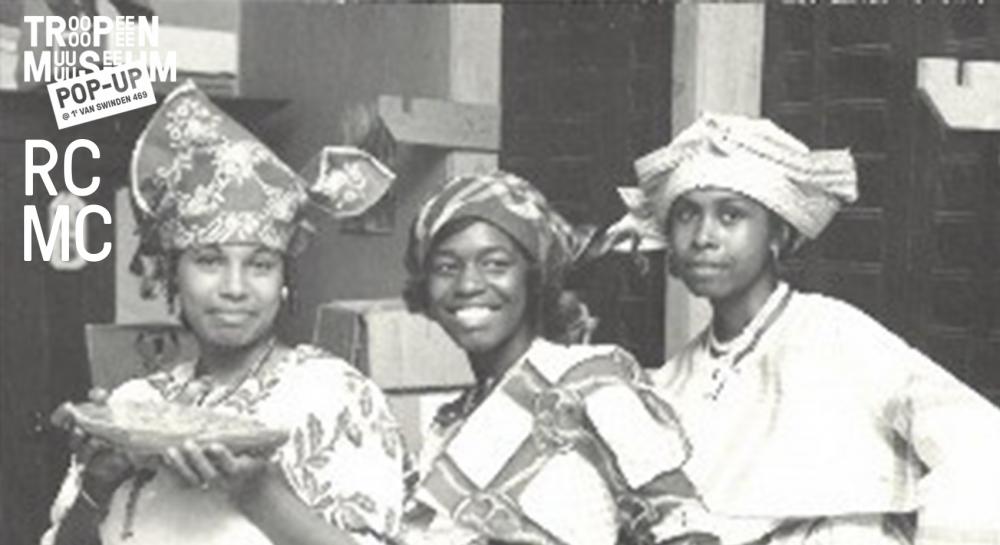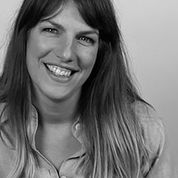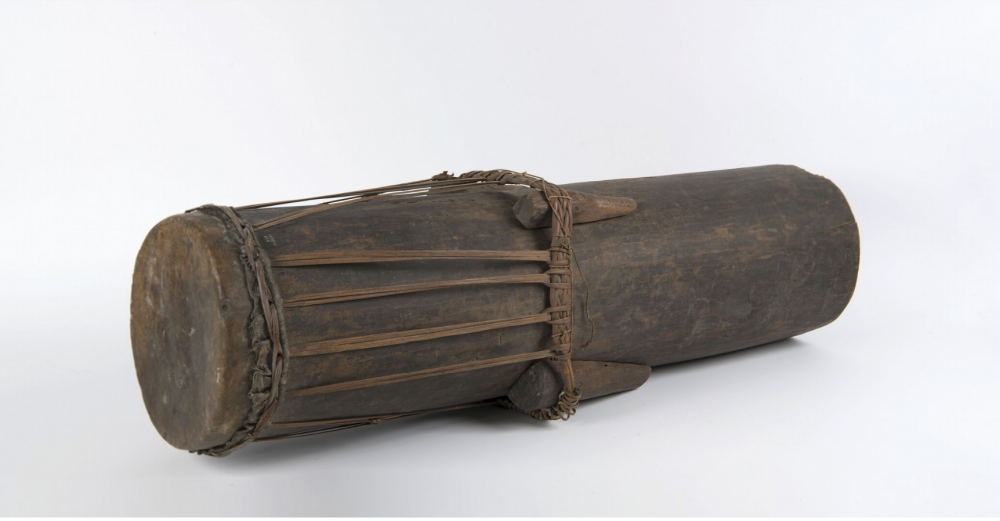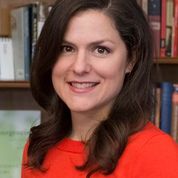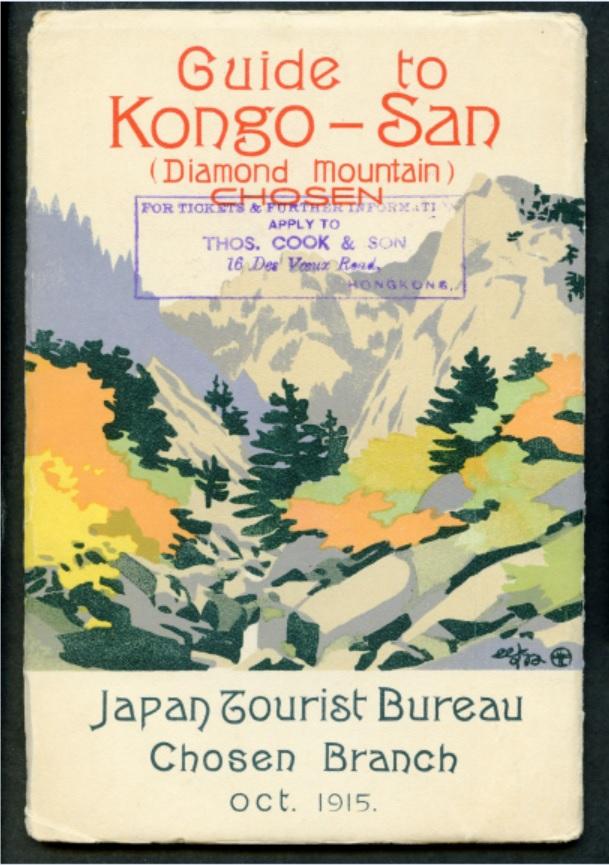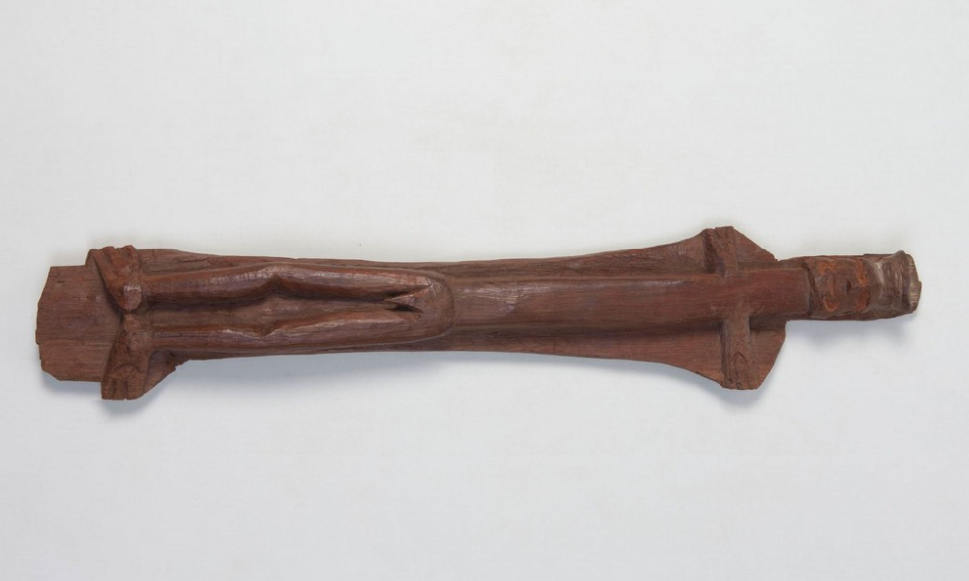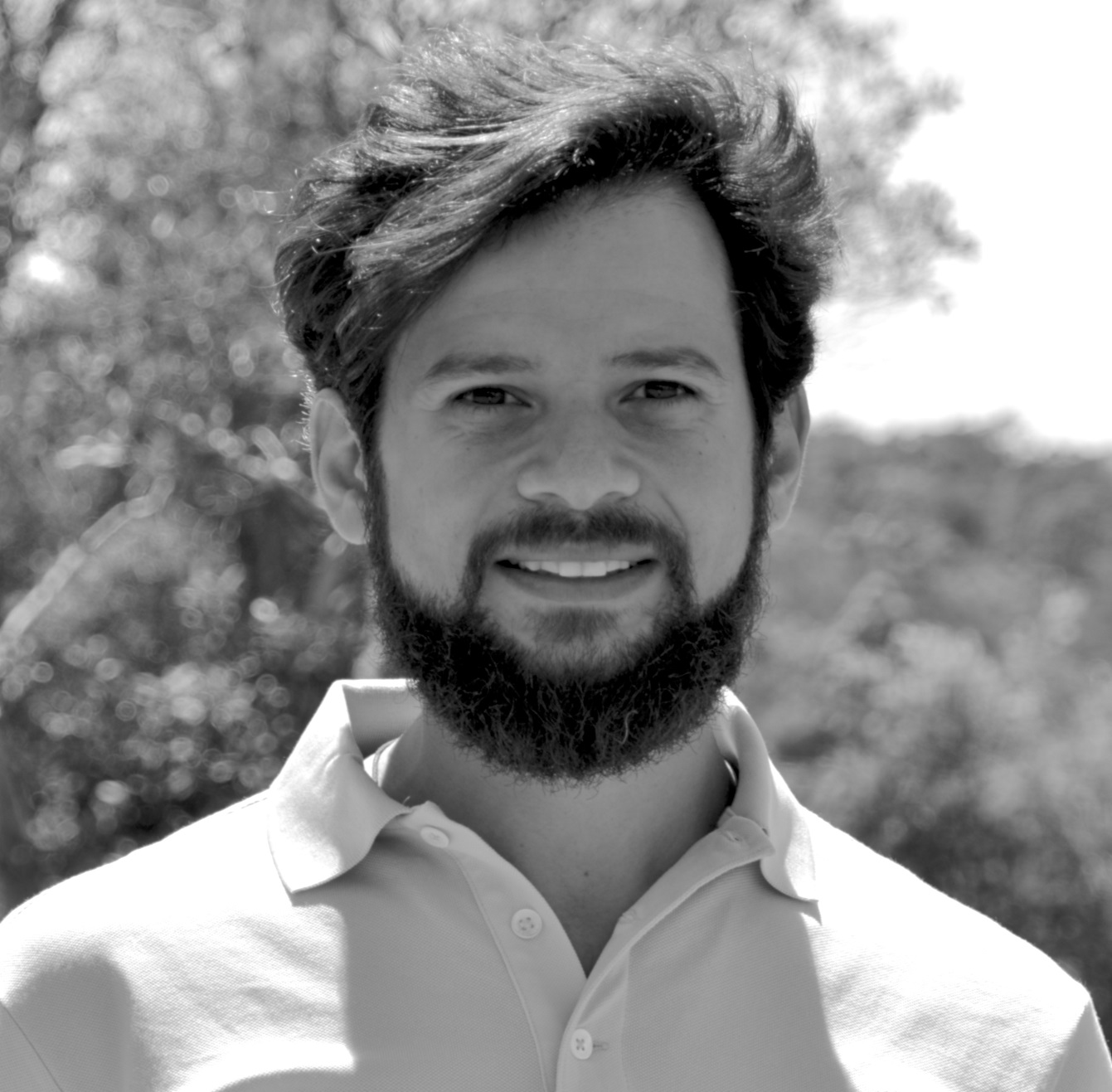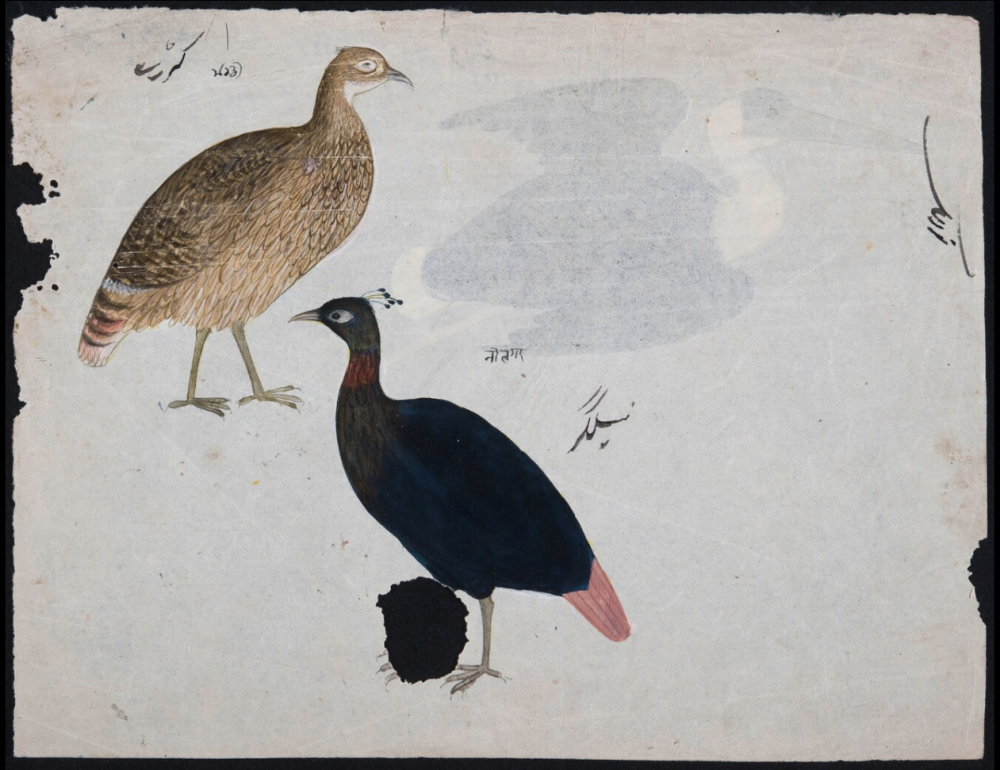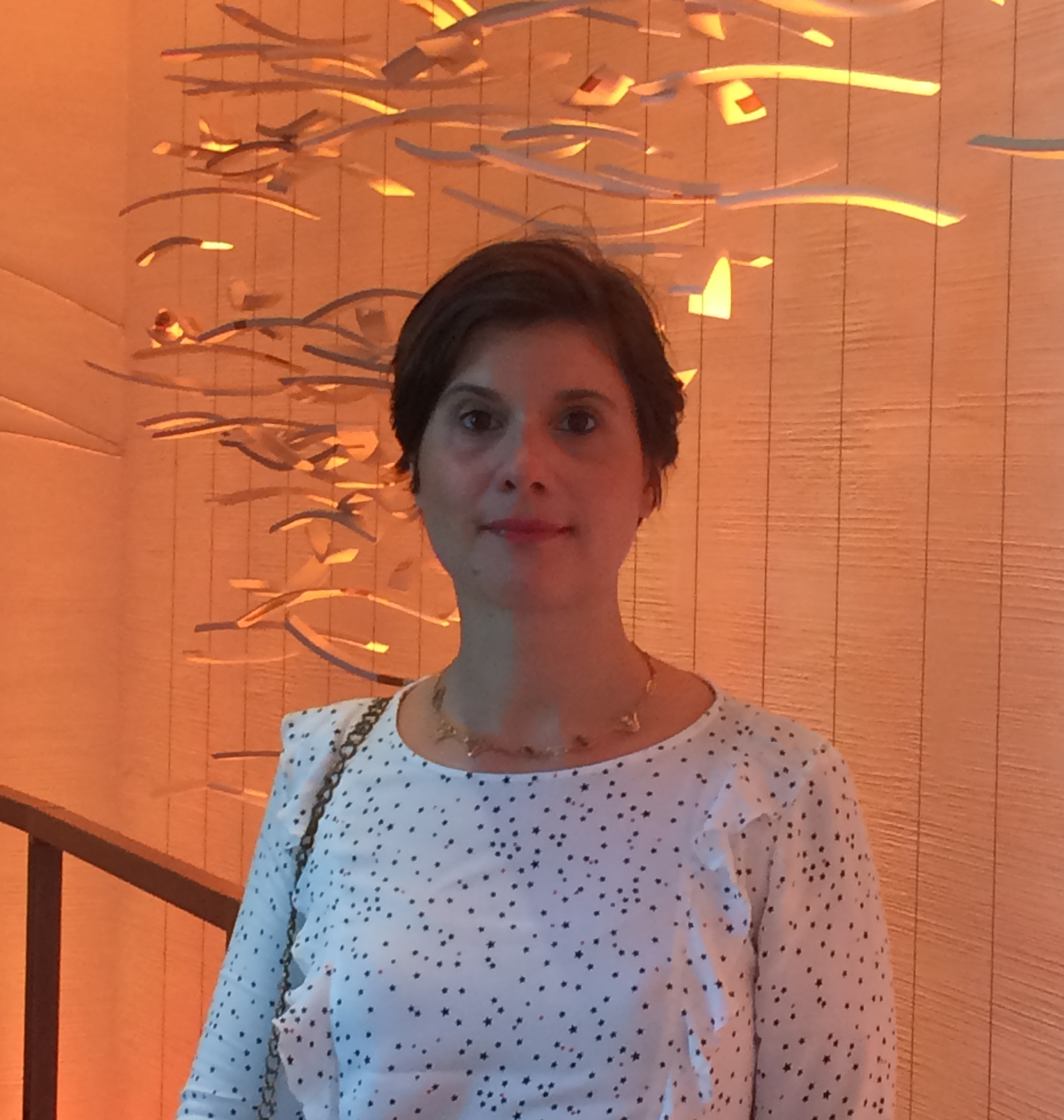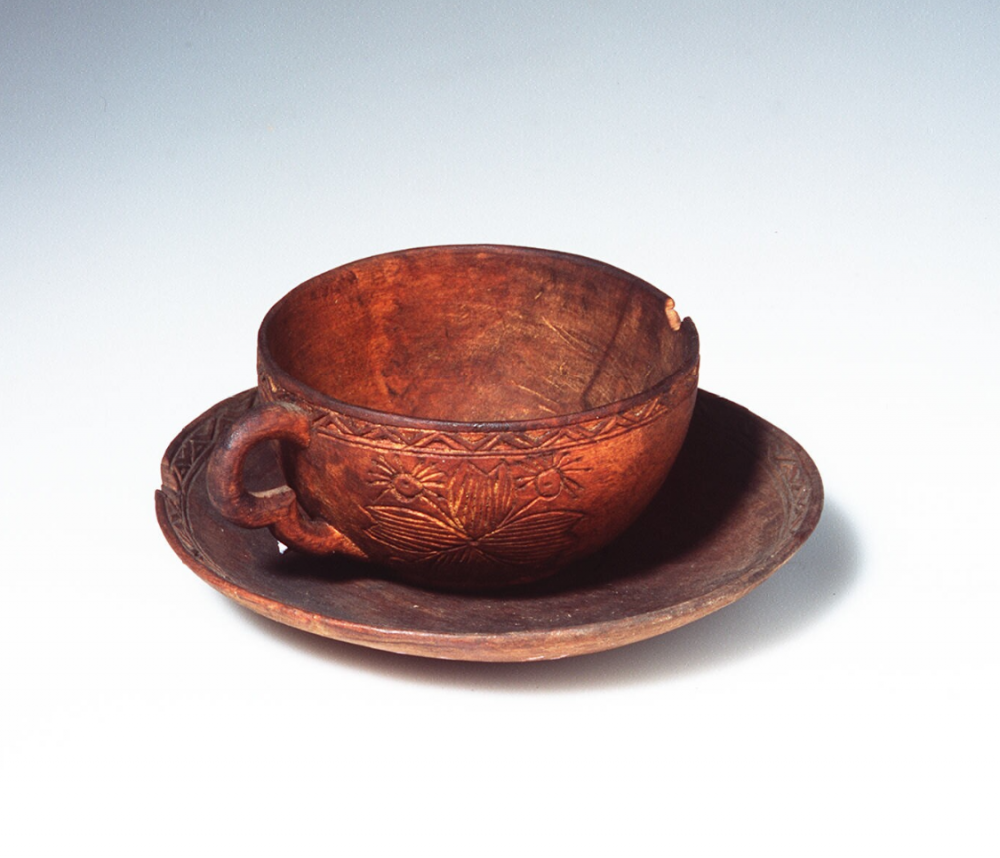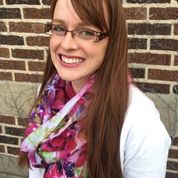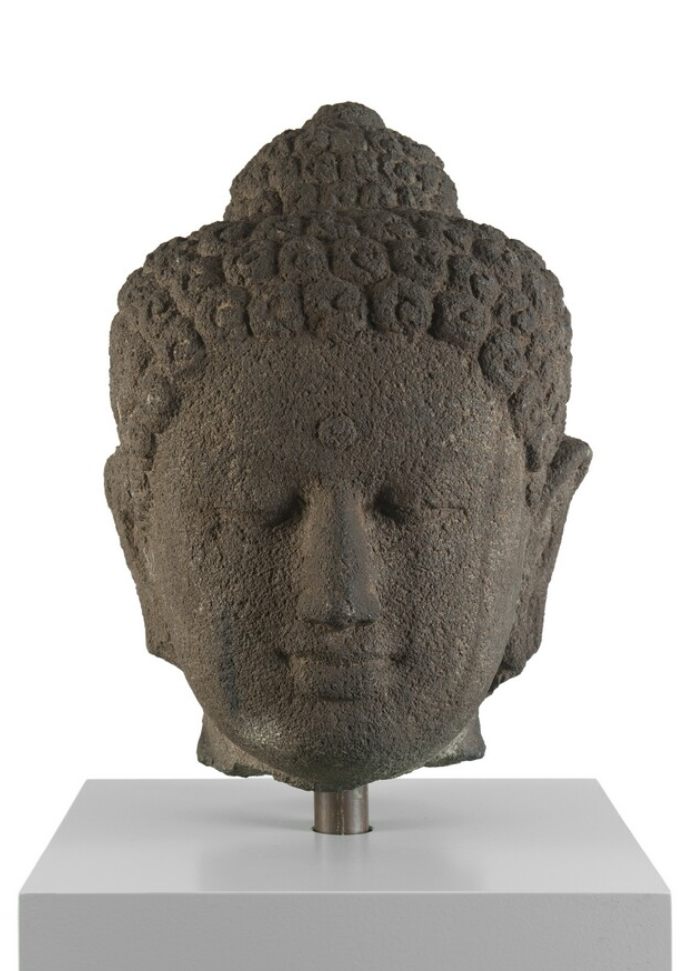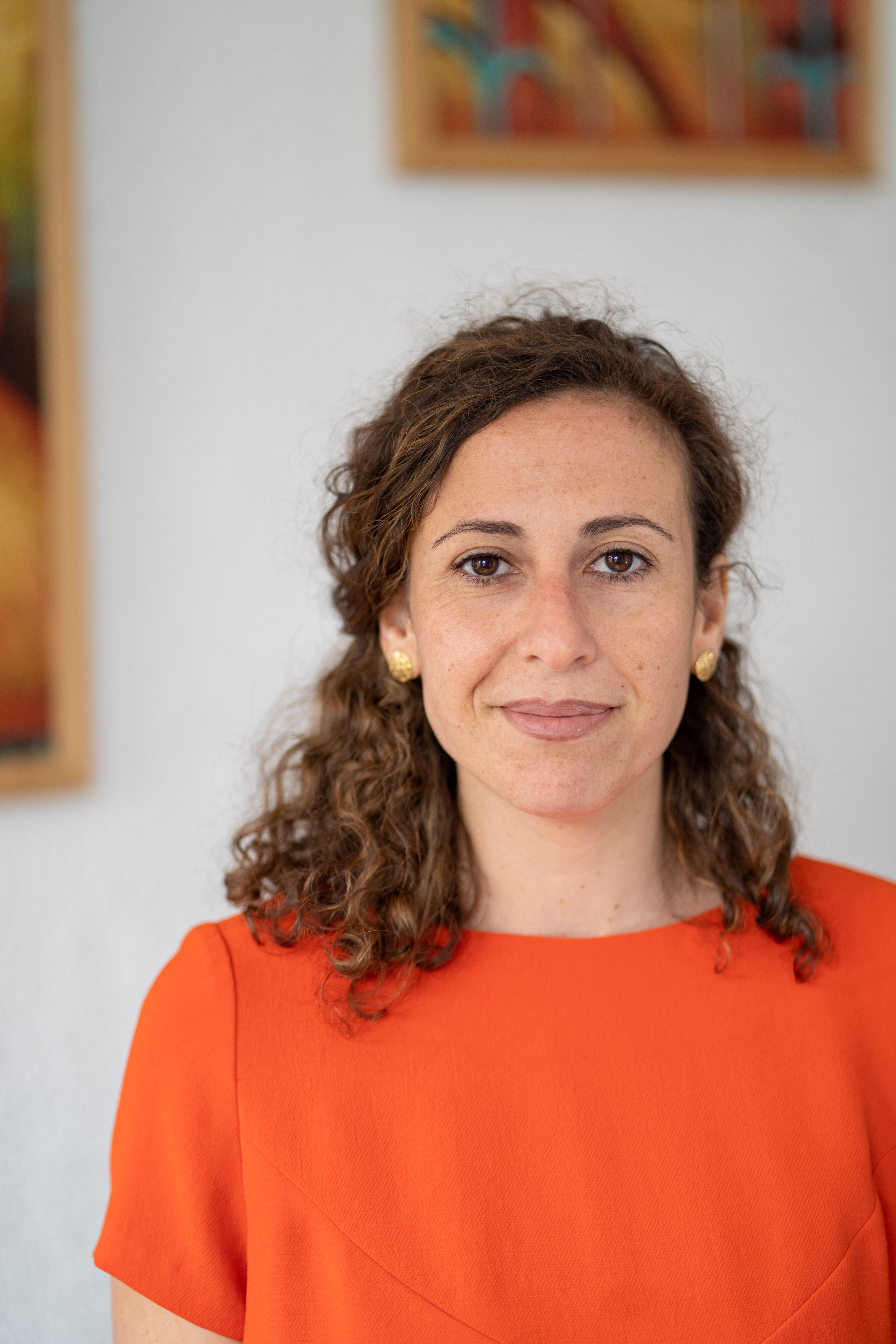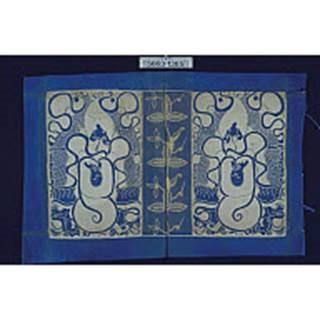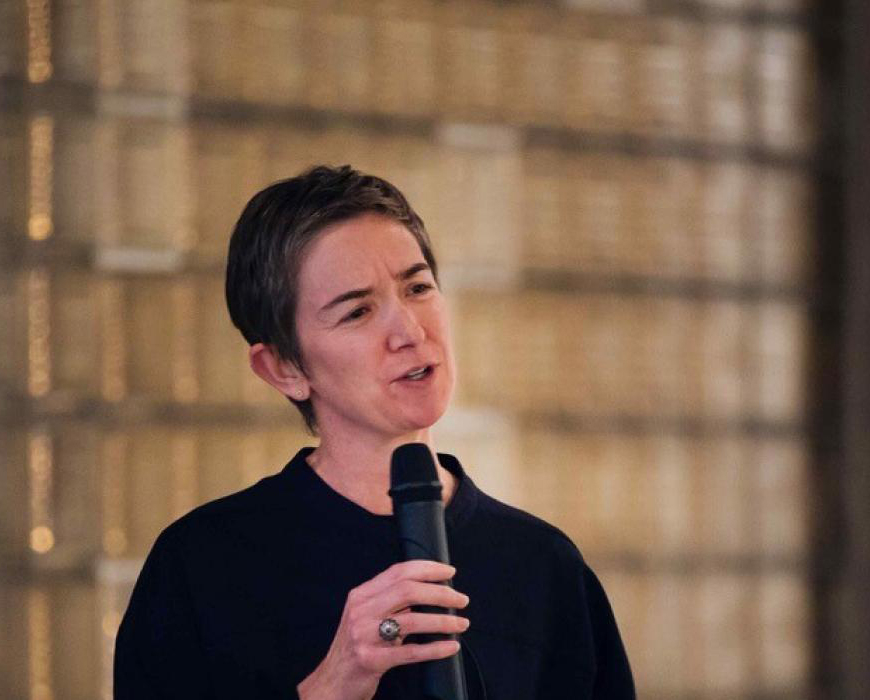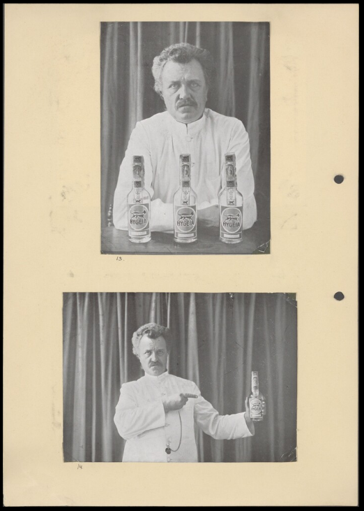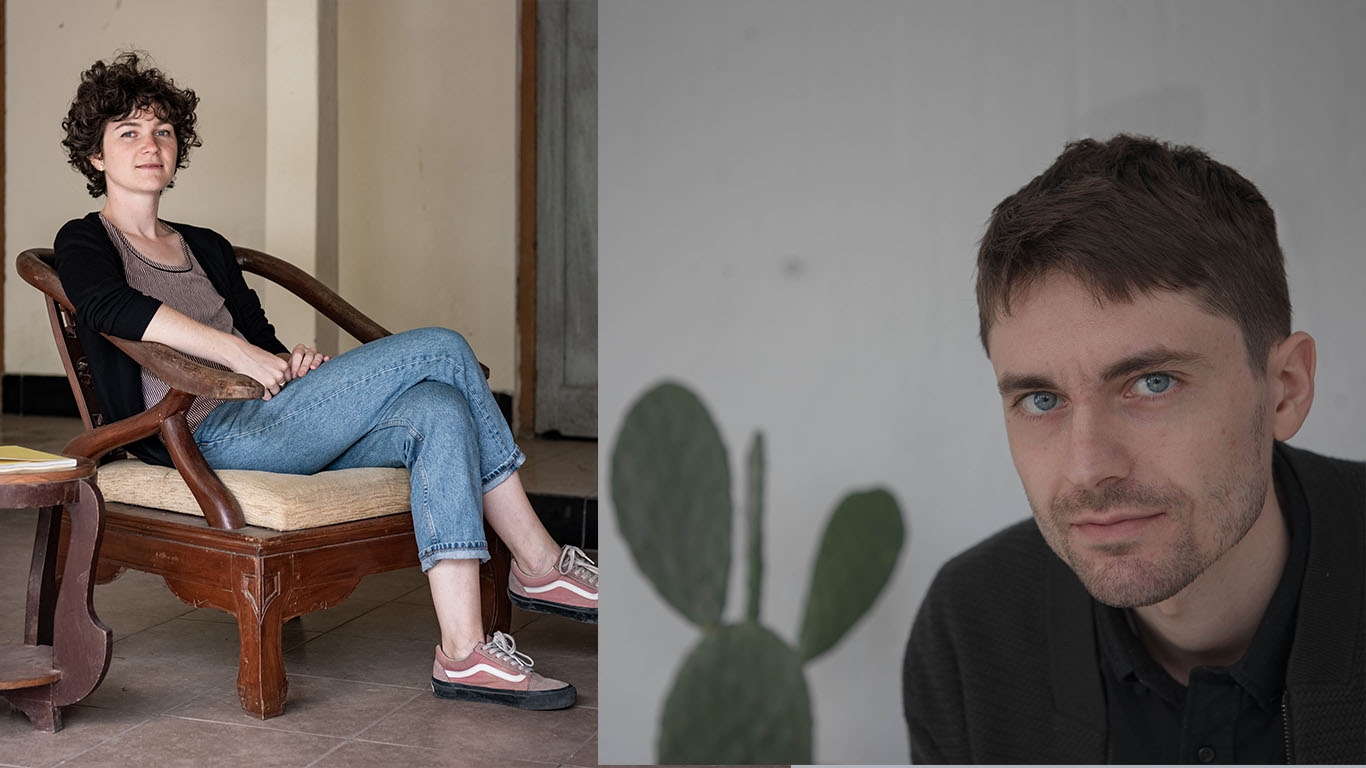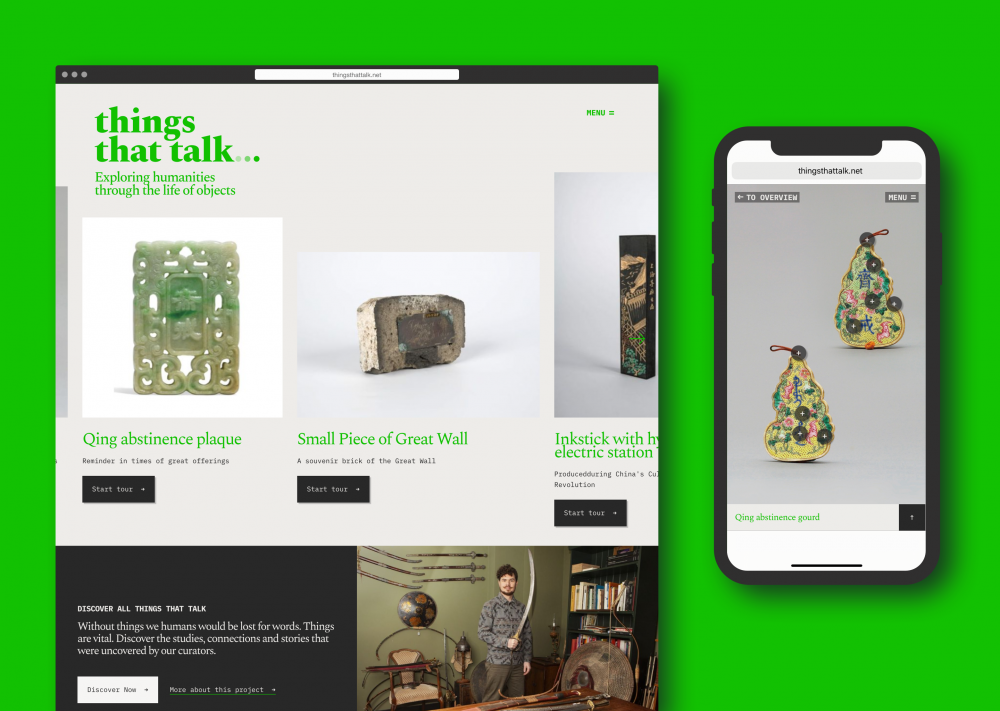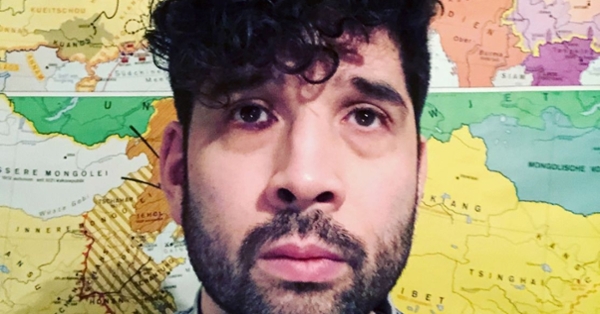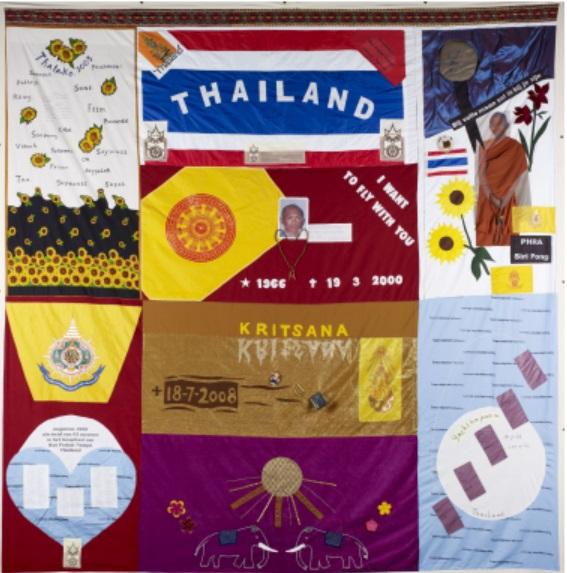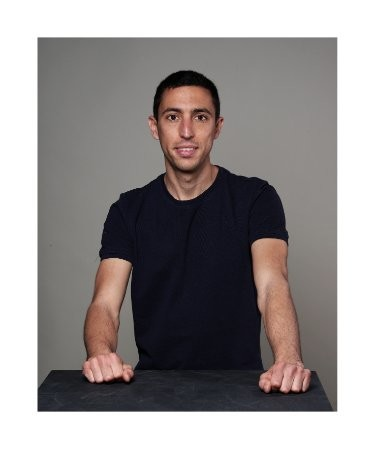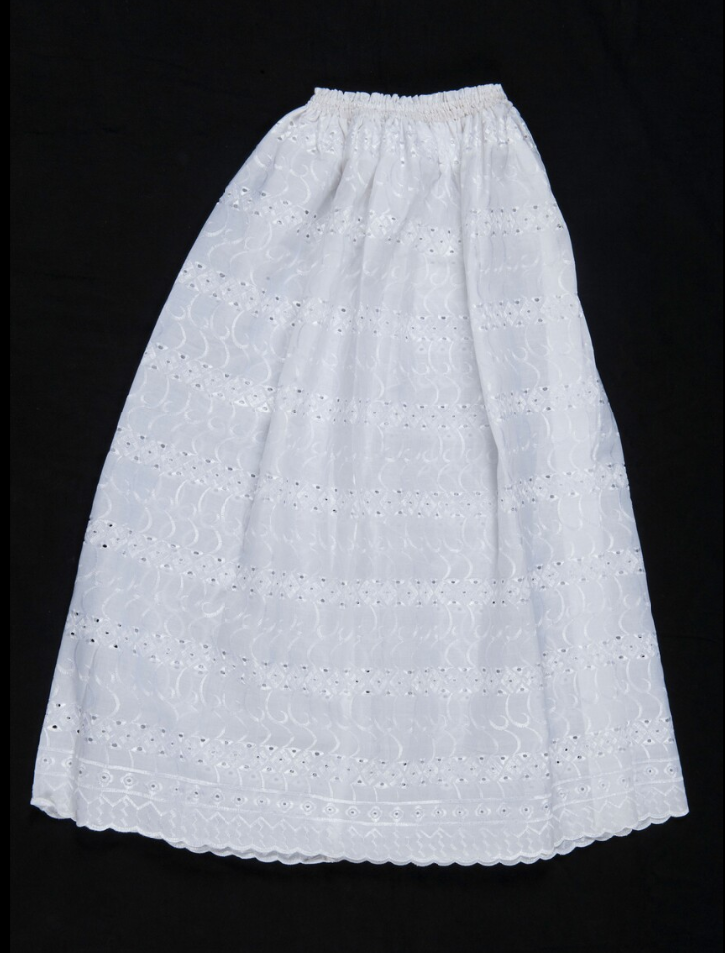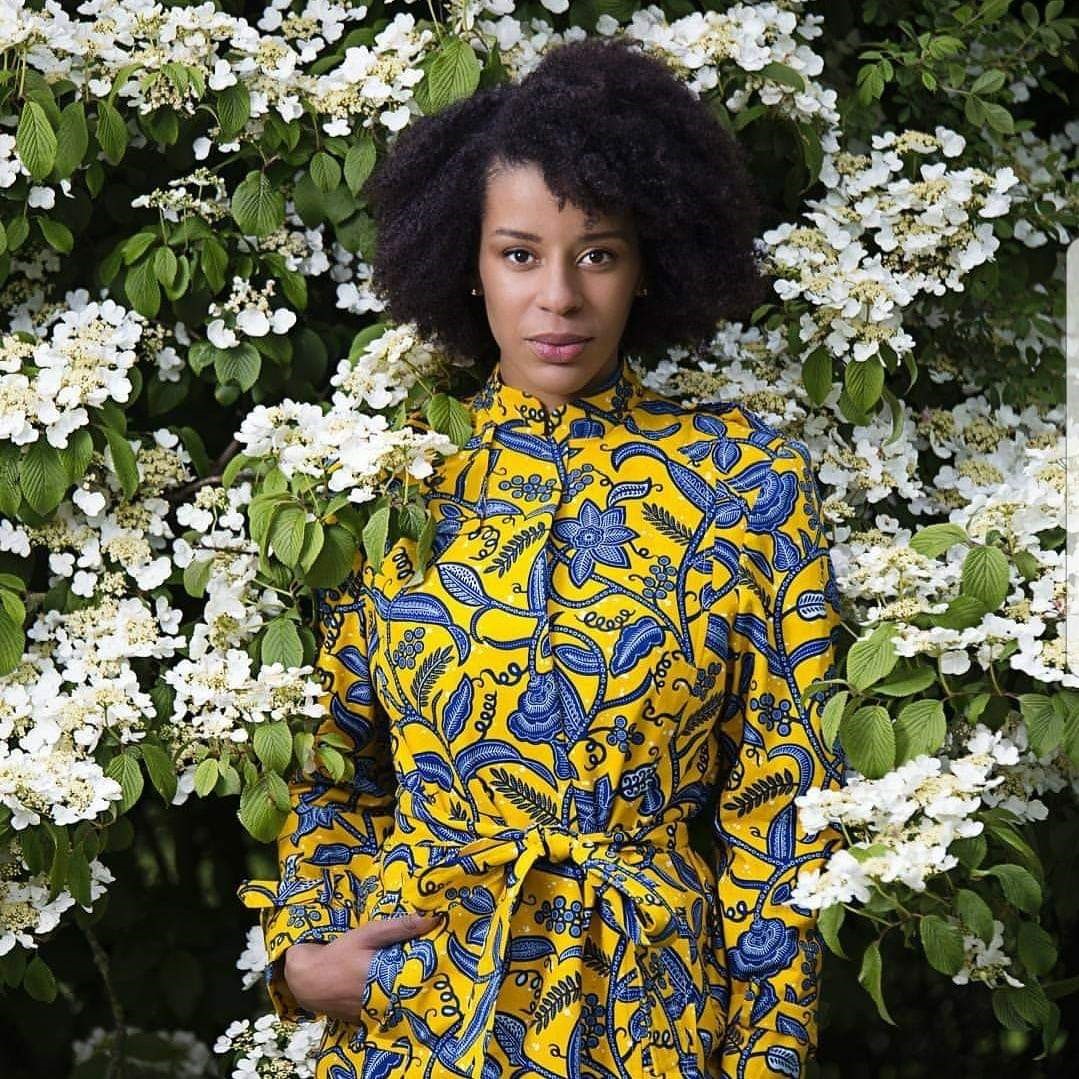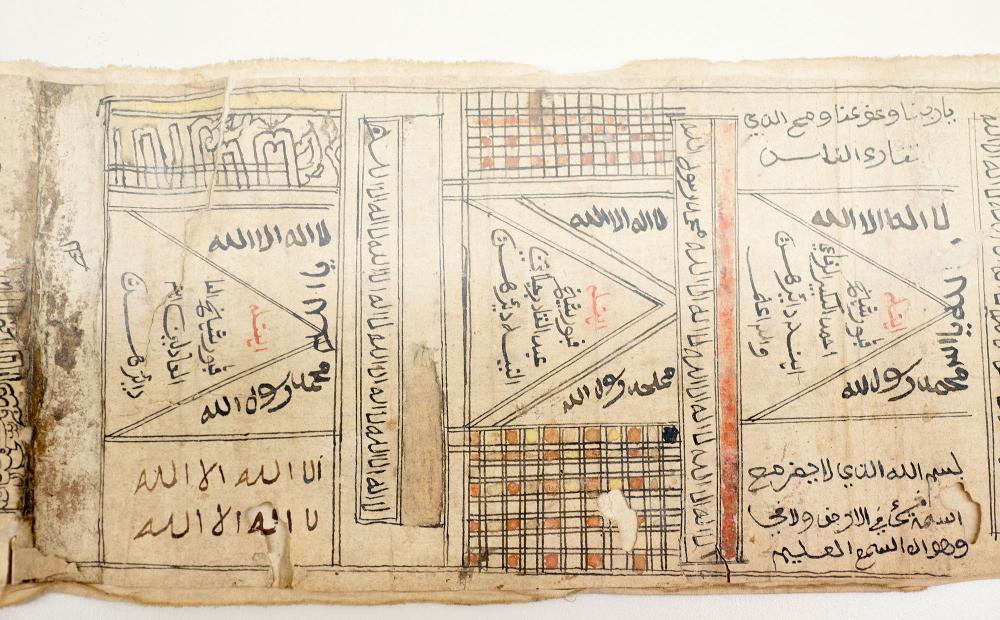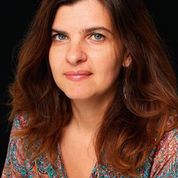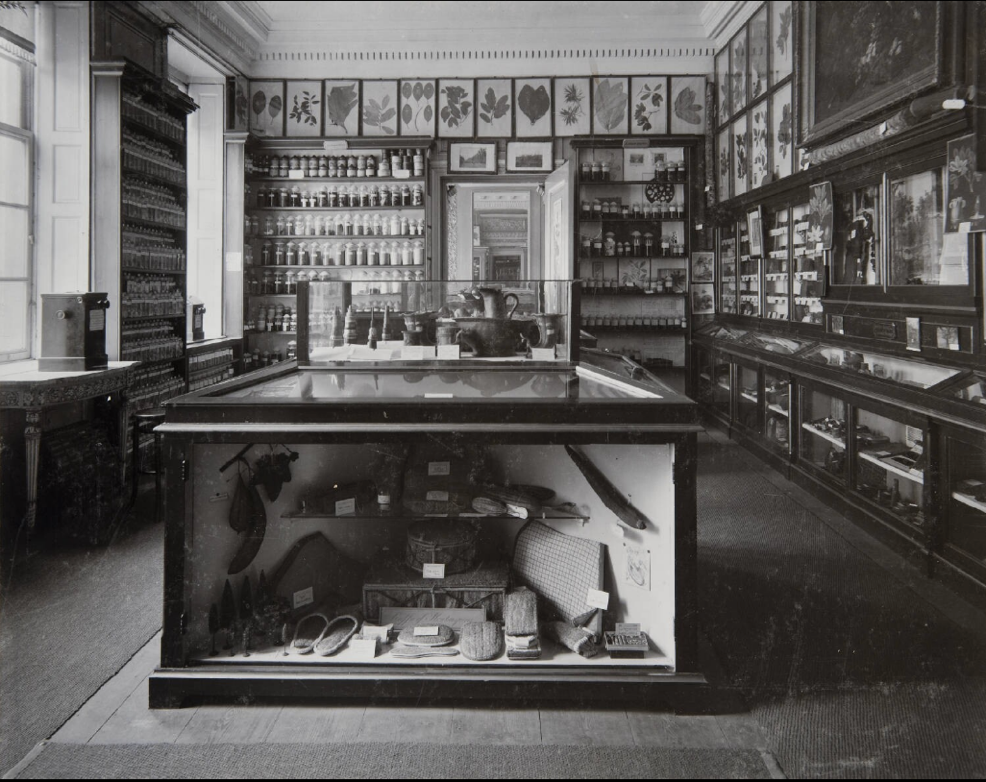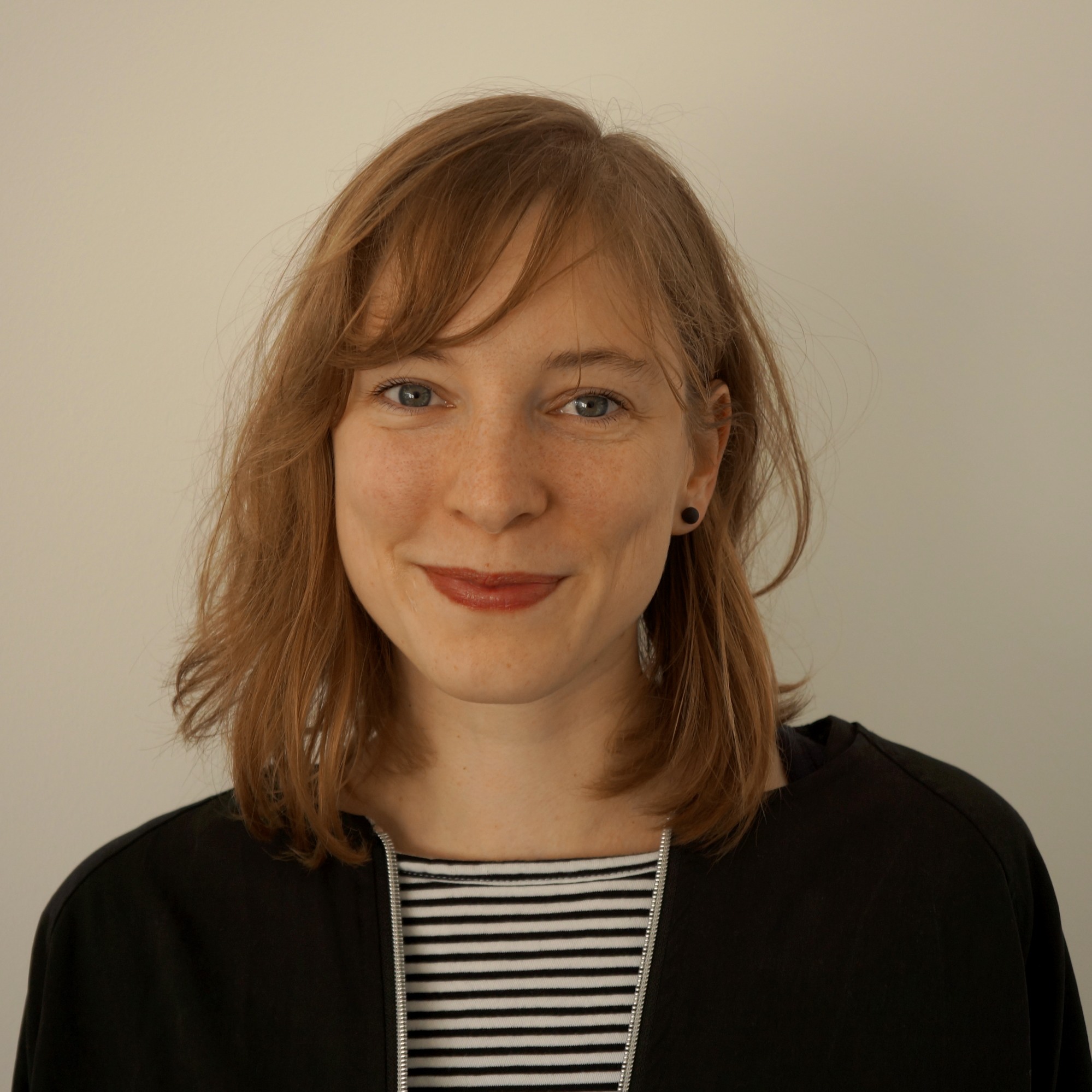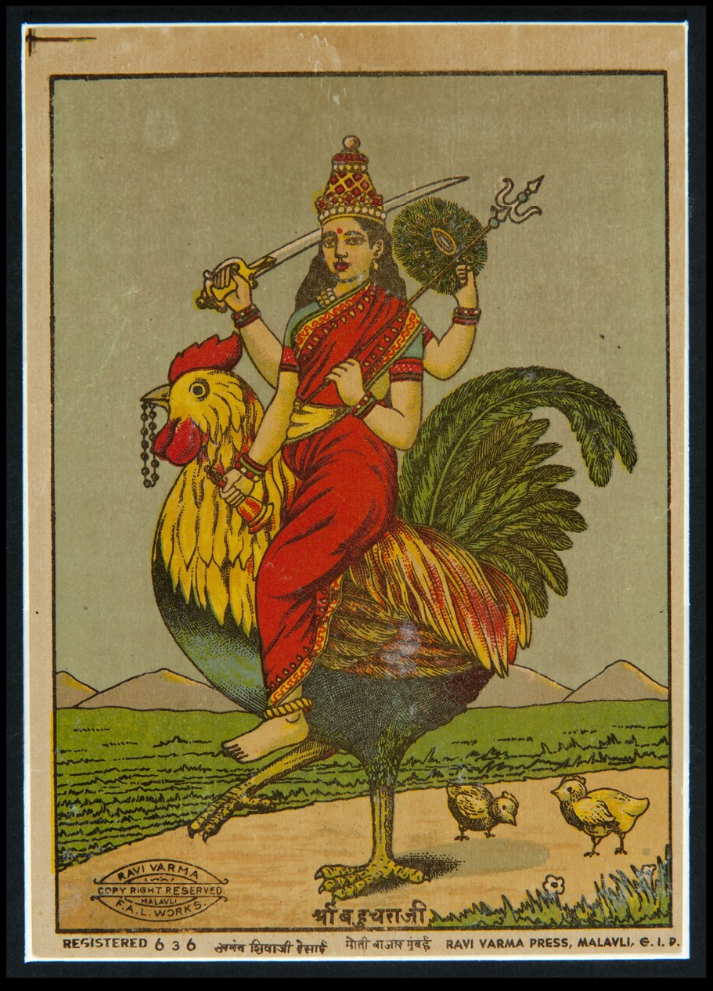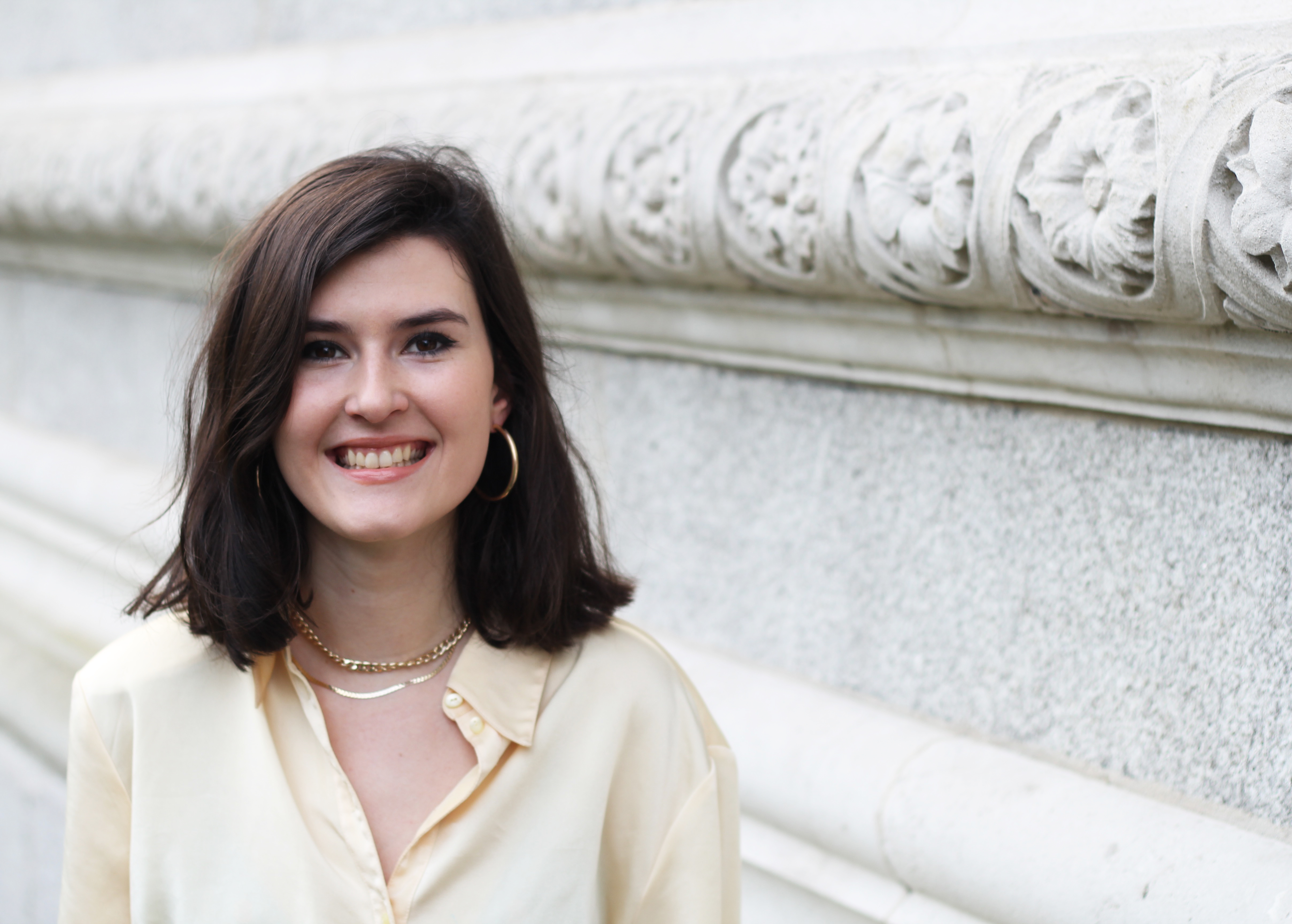In recent years I have regularly traveled to Togo / Benin with the organization Roots Reconnection group. The purpose of these trips has been to establish and exchange connections between and among: Suriname, West Africa and the Caribbean at different levels (economic, spiritual and cultural etc.), as well as to create a more deep spiritual connection (vodun, winti) to 'decolonize' thought and action. By stigmatizing Vodou and Winti, a real "decolonization" of thinking is impossible. The essence of such traditions is to build community.
During my travels I heard several stories about the water goddess Mami Wata. During my trip in Togo / Benin I met Mami Wata and a Dan priestess. She introduced me to her traditions and ritual customs. One of the rituals is an Ifa oracle, which constitutes a living question and answer conversation with nature.
The water spirit / goddess Mami Wata (mother water) is a complex symbol from Africa with multiple meanings, including a nourishing mother, a sexy woman, the provider of wealth, the healer of physical and mental disorders and the embodiment of dangers and desires, risks and challenges, dreams and ambitions, fears and premonitions. People are attracted by her beauty, prosperity and (financial) happiness but repelled by her potential destructive powers. To win the favor of Mami Wata, one must be clean and fragrant both inside and out.
Often portrayed as a mermaid, a snake charmer, or a combination of both, she and a “school” of related African water spirits all honor the essential, sacred nature of water. In both West Africa and Afro-Caribbean religions, water spirits have played or still play a prominent role. Rivers, lakes and seas were the primary infrastructure for communication, transportation and trade, and they provide fish for daily living. At the same time, these waters were and continue to be threatening and unpredictable. Water held a dominant but ambivalent position in the lives of Africans and Afro-Caribbeans. Water spirits or water goddesses reflect the equivocal aspects of water’s power (Stipriaan, 2003).
Such stories about Mami Wata (and water goddesses in other traditions) intrigued me. The collaboration with the RCMC offers me the opportunity to research objects of the NMVW collections, to map the lesser known histories of this material culture and to incorporate this knowledge into the final result of my research. To make my artistic research possible, I will be added to the team as a Research Associate for a year and will be supervised by Wendeline Flores, a curator with expertise in the field of water goddesses.
